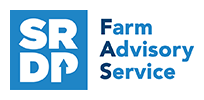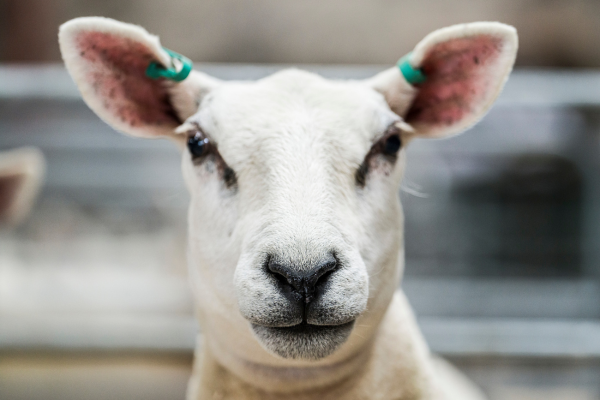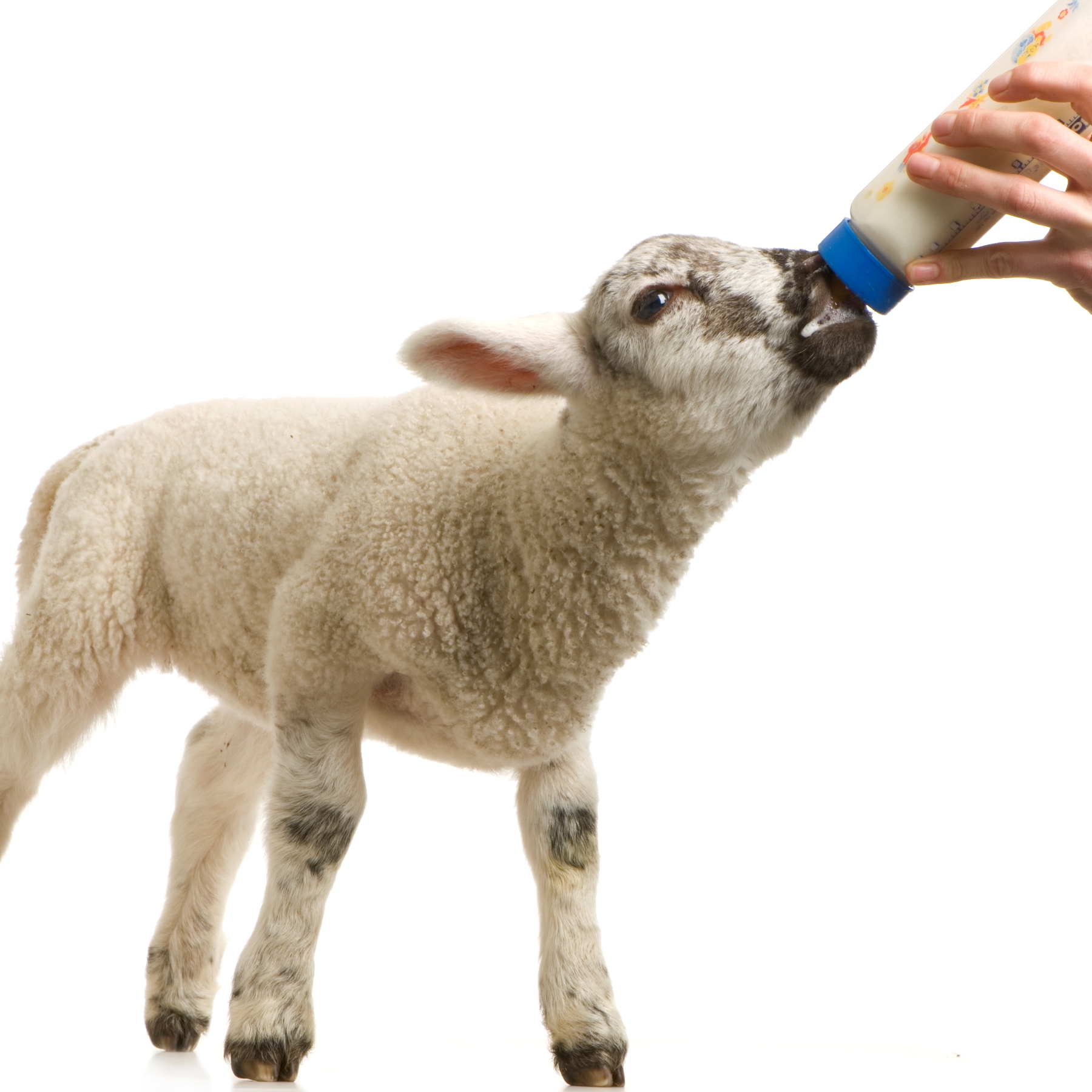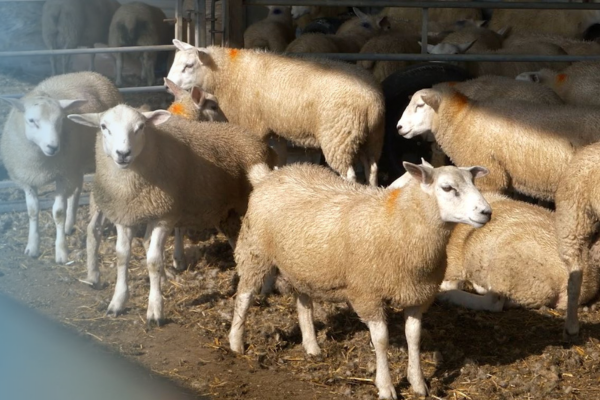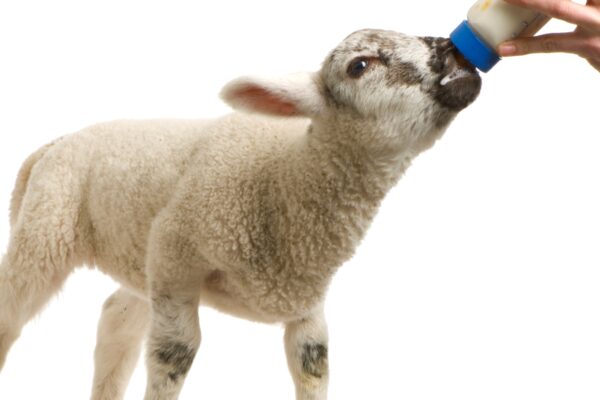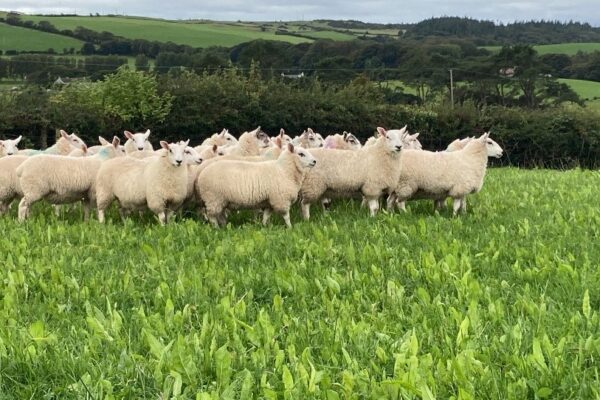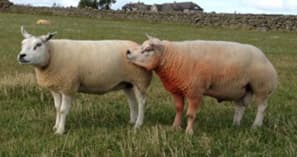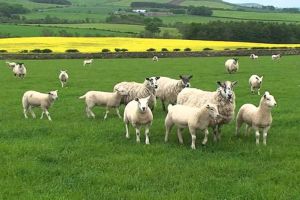Business and Policy September 2025 – Sheep
29 August 2025August Trade Roundup
Prime, cull and store trade is at a premium to last year. For the week ending 23rd August 2025, the SQQ stood at 734.9p/kg DW, some 0.69p/kg DW ahead of the same week last year. However, this is back 0.18p/kg on the week. For the same week, the cull market averages stood at £18.50/head ahead of the same week last year, with an average price of £112.74/head.
Store lamb sales have shown great variation, between heavier short keep lambs, and those lighter long keep lambs. The well-fed short keep lambs have been trading exceptionally well. However, the warm dry summer has impacted both grass and forage crop supplies, which has created caution when purchasing leaner types and long keep lambs. The number of store lambs coming to the market is increasing week by week, potentially due to producers prioritising grazing for the breeding flock ahead of tupping.
Global Position
Beef and Lamb New Zealand have released their stock number survey, which includes data to 30th June 2025. This data shows that the breeding ewe flock has decreased a further 1.9% in the last year to 14.28 million head. This has dropped by more than 10 million head in the last 25 years. Total sheep numbers have dropped 19 million head in the last 25 years from 42.26 million to 23.36 million. This year’s lamb crop is expected to be 120,000 fewer than 2024 at 19.29 million. A whopping 2.6 million stock units have been lost due to woodland creation since 2017.
As well as a reduced flock, New Zealand producers are now facing greater tariffs while trading with the US. As of 1st August, this increased from 10% to 15%. However, by contrast, Australia’s tariff remains at 10%. The reason being higher tariffs are being imposed on countries who have a trade deficit with the US e.g. if the US imports more than it exports from the country. The result of this means NZ sheep meat will be more expensive for US importers and consumers, and may affect the competitiveness of the NZ price in the market. The last data available is for the week ending 16/08/25, where Australian lamb stood at €6.59/kg DW while NZ lamb was €1.52/kg DW behind at €5.07/kg DW – the same week last year the gap in price was narrower at €0.94/kg DW difference.
EU Outlook
The EU have recently published their short-term outlook for EU agricultural markets in 2025. This shows how the European flock continues to shrink, with the prediction of a fall in sheep meat production of 2% in 2025. They estimate that fewer animals will be processed, however, carcass weights have risen by ~5%, a trend which is set to continue. The current high prices are expected to remain due to the decline in the total EU flock and consumption being predicted to remain constant, with continued demand from religious festivals.
The EU have seen reduced exports to the UK, largely due to low supply in Ireland and the high European price. Exports from the EU are predicted to reduce by 1% in 2025, as the UK flock is expected to grow in the year. Imports of sheep/goat meat to the EU are predicted to increase by 6% on the year. This is a huge opportunity for the UK sheep meat sector, combined with the reduced production in New Zealand.
The OECD have released their agricultural outlook for 2025 – 2034. This shows that meat consumption is set to grow by 16% by 2034, with sheep meat increasing by 16%. Africa currently has the quickest growing population which is set to grow from 1.5 billion people to 1.8 billion in the next 10 years. China is increasing production of sheep meat, and Australia are currently at record breaking numbers.
What does this global outlook mean for the UK sheep sector? I think this is hugely positive, we have a growing world population, and our closest market (Europe) is continuing to decrease supply, whilst a competitor (NZ) has a continued shrinking flock. Australia remains a key competitor, and the ban on live exports in 2028 could mean global market distortion. While Australia remains the country to watch; Africa and the Middle East are closer markets for them to penetrate over UK and the EU.
Kirsten Williams, kirsten.williams@sac.co.uk ; 07798617293
| Week ending | GB deadweight (p/kg) | Scottish auction (p/kg) | Ewes (£/hd) | ||||||
|---|---|---|---|---|---|---|---|---|---|
| 16.5 – 21.5kg | Scottish | ||||||||
| R3L | Change on week | Diff over R2 | Diff over R3H | Med. | Change on week | Diff over stan. | Diff over heavy | All | |
| 09-Aug-25 | 755.8 | -1.7 | -1.9 | -1.6 | 350.80 | 8.4 | 17.1 | -2.2 | 121.17 |
| 16-Aug-25 | 755.9 | 0.1 | -0.9 | -2.6 | 341.00 | -9.8 | 11.2 | -1.8 | 120.57 |
| 23-Aug-25 | 738.6 | -17.3 | 1.9 | 1.7 | 319.30 | -21.7 | 6.8 | 3.6 | 112.74 |
Deadweight prices may be provisional. Auction price reporting week is slightly different to the deadweight week. Source: AHDB and IAAS
Standard weight 32.1 – 39.0kg; Medium weight 39.1 – 45.5kg; Heavy 45.6 – 52.0kg
Note: From 11th May, prices transition to new season lambs
Sign up to the FAS newsletter
Receive updates on news, events and publications from Scotland’s Farm Advisory Service
